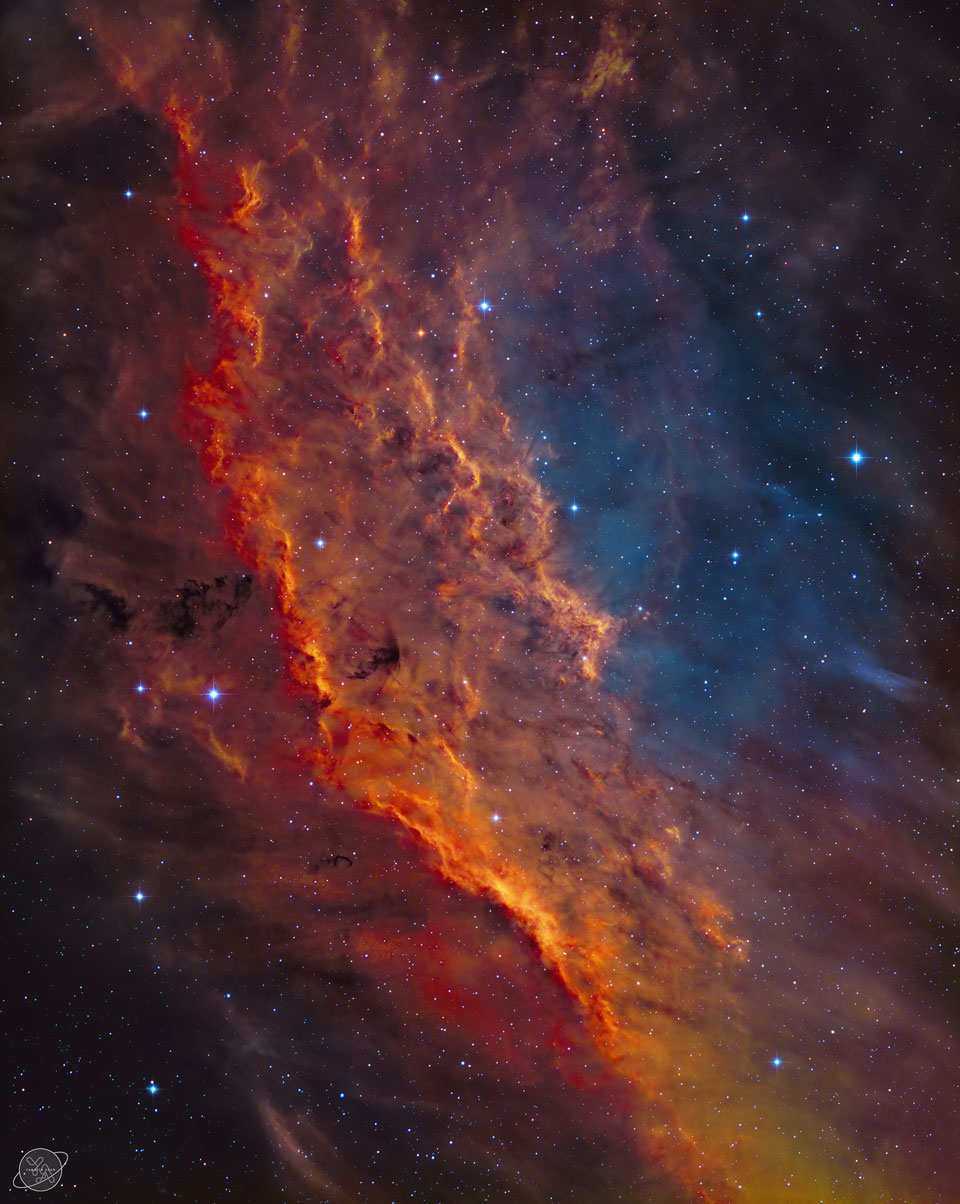
Widerlich sind eigentlich nur alte, narzisstische Säcke, die bösartige Tweets absondern.
— Doris #HeinerUltras (@EckertDo) March 21, 2021
Music & More

Widerlich sind eigentlich nur alte, narzisstische Säcke, die bösartige Tweets absondern.
— Doris #HeinerUltras (@EckertDo) March 21, 2021

NIE WIEDER CDU!
Die "intellektuelle Unterschicht", die ich u.a. in Kassel repräsentiert habe, hat bspw. ABI 1,6, Uni-Studium der BWL mit Prädikat. Ist Lösungsarchitekt für komplexe Systeme.
Und ich habe vor solchen Menschen wie Ihnen Angst.
— Wojtek Apollonius Thomalla (@ApolloniusThom1) March 21, 2021

" intellektuelle Unterschicht"
Genau mit dieser Bezeichnung haben Sie sich disqualifiziert und haben offenbart, was für ein geistiger Tiefflieger Sie tatsächlich sind.— . (@EineZeitzeugin) March 21, 2021



Wenn ein Herz statt ein Knüppel dich den Job kostet, bist du Polizistin im besten Deutschland aller Zeiten…
— Alak (@alak_1220) March 21, 2021

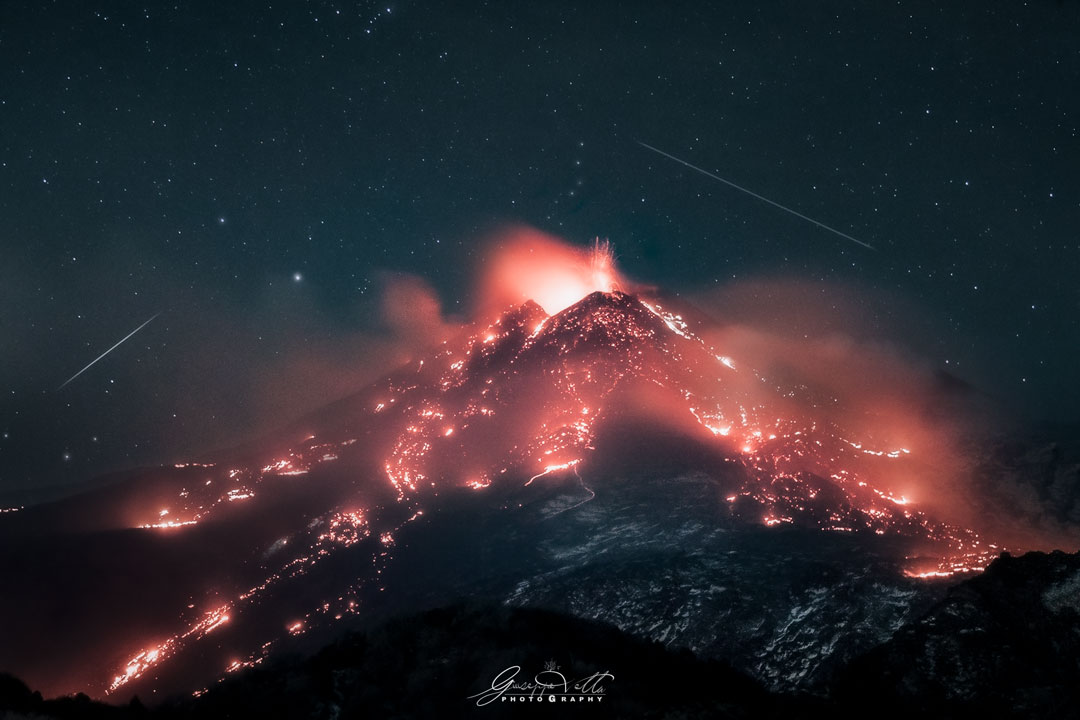
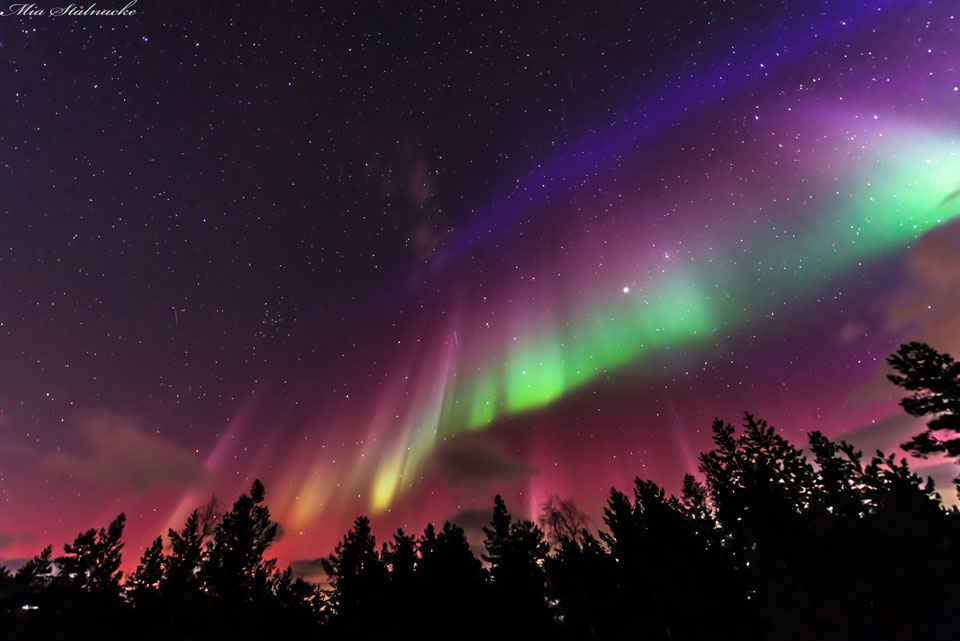

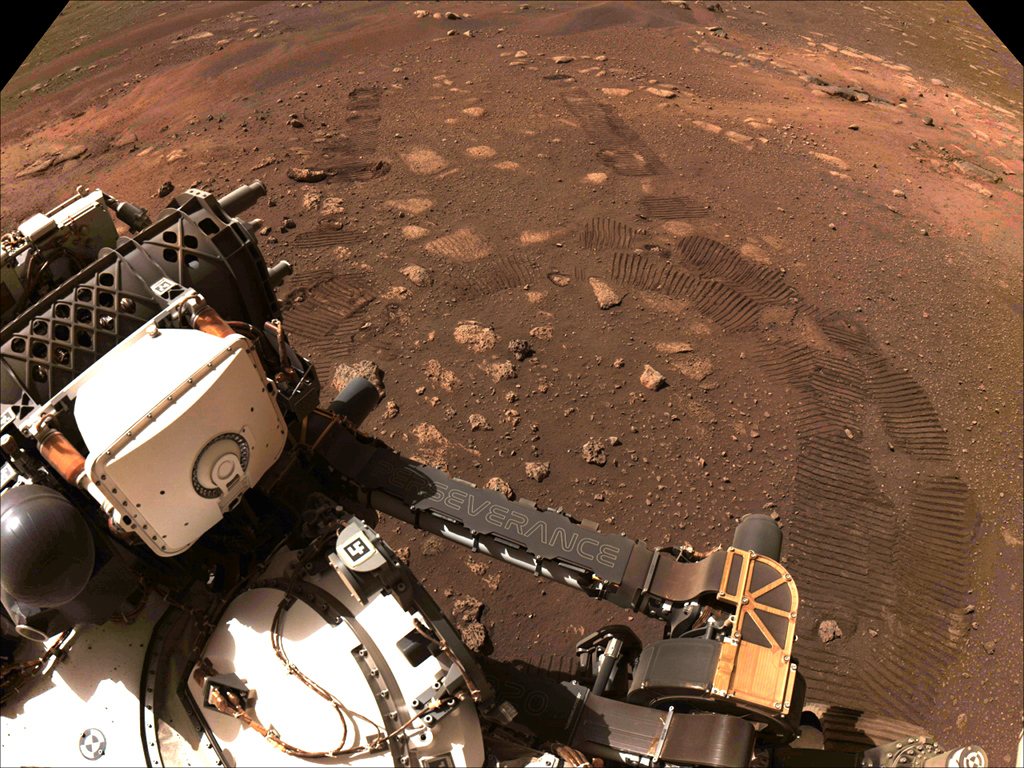

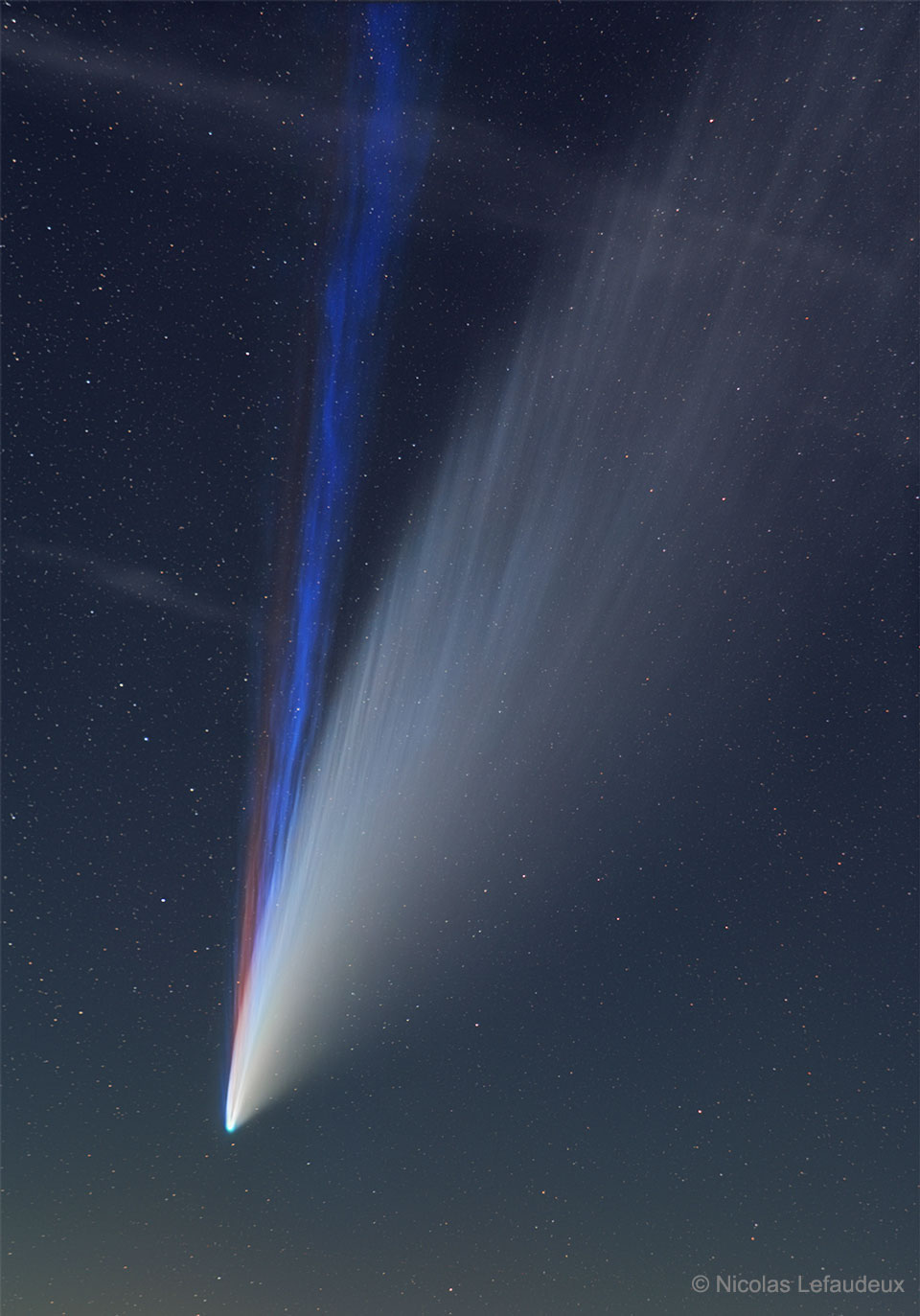

Wir können doch jetzt nicht aufhören dieses Land zu zerstören…
— lil_evol (@KaMo_Fit) March 21, 2021
Merkwürdig … denn bei ARD & ZDF wünscht sich die Mehrheit einen längeren und härteren Lockdown … und außerdem auch eine Erhöhung der Rundfunkgebühren🤷
— Kontaktbox.com 💋🥂 (@Kontaktboxerin) March 21, 2021
YouGov Umfrage – Da kann man schon aufhören zu lesen – Tut die Masse nicht und das weiß man, den man will mit diesen ‘Umfragen’ ja auch ehr Politik machen und ‘Meinungen’ lenken.
— Birdie Gamer (@games_and_golf) March 21, 2021

The "Kulbit" (also known as the "Frolov chakra") is an aerial maneuver developed by Russian pilots in which the aircraft performs an extremely tight loop, often not much wider than the length of the aircraft itself [read more: https://t.co/YDD04GZyJ7] pic.twitter.com/AcOekidWKA
— Massimo (@Rainmaker1973) March 21, 2021
Wann wird die Windelpflicht eingeführt. Wir haben schließlich ca. 60 Mio Magen-Darm Erkrankte im Jahr.
— Henry (@BoeserOssiHenry) March 21, 2021
